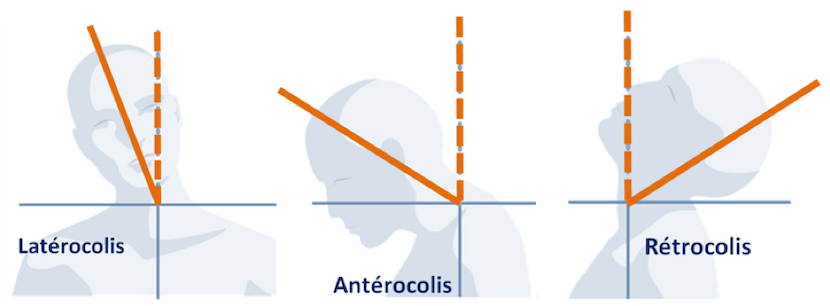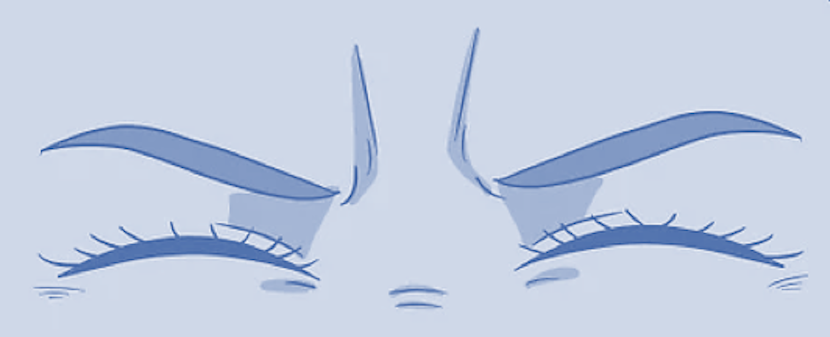What are the symptoms of dystonia?
Abnormal muscle contractions can affect one or more parts of the body.
When dystonia affects a single part or two adjacent parts of the body, it is called focal or segmental dystonia. These are the most common types of dystonia.
The average age of onset of these forms of dystonia is 20.
At the onset of the disease, the contractions or spasms may be intermittent or occur only when the body is under stress. Initially, spasms may only occur during movement. As the disease progresses, the contractions appear even at rest and cause deformation of the part of the body concerned, resulting in pain and significant disability.
Some contractions may be triggered by certain spots, in which case the condition is known as spot-specific dystonia or functional dystonia.
The most common dystonia is cervical dystonia, which affects the neck muscles.
The jerky contractions can lead to torticollis, laterocollis, anterocollis or retrocollis.

The most common functional dystonia concerns the hand and arm. It is also known as writer’s cramp (hand) or musician’s dystonia (fingers or mouth) or golfer’s dystonia (wrist) and is often due to overuse of the body part concerned.
Some patients may present with spasmodic dysphonia due to spasms of the vocal cords making speech difficult, tremulous and jerky and the voice hoarse or broken.
Dystonia can also affect the eyelids, causing repeated involuntary blinking at the onset of the disease and, over time, total closure of the eyelids or blepharospasm. Patients suffering from this dystonia have to yawn, sing or open their mouths to keep their eyes open.

MEIGE syndrome is a segmental dystonia affecting both the jaw and the eyelids. Patients show repeated blinking and characteristic grimaces caused by clenching of the jaw and teeth. This form of dystonia generally begins around the age of 50.
More severe, generalised forms of dystonia affect several parts of the body or even all four limbs, preventing walking and the use of the hands. They most often appear in children or adolescents.
Primary generalised dystonia often manifests itself in childhood as an inward torsion of the foot (varus) and flexion of the arch of the foot when walking. This dystonia can affect the whole body over the course of the disease, leading to joint deformities that prevent certain movements and even travel.
Dopa-sensitive dystonia generally affects one leg initially, causing the child to walk on tiptoe. Dopa-sensitive dystonia is characterised by a worsening of symptoms at night, when the child is at rest, and some children suffer only from muscle cramps after exertion.






